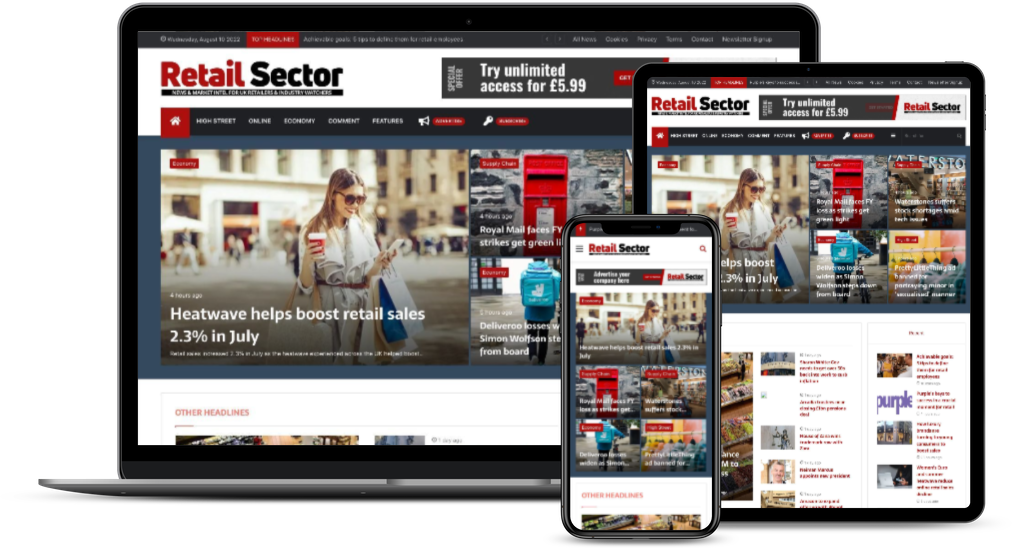Digital commerce and ‘the Goldilocks effect’

This is the single greatest barrier to digital commerce success for businesses and retailers alike. Take Black Friday as an example – there are so many moving components involved in launching a promotion on the biggest shopping day of the calendar year.







